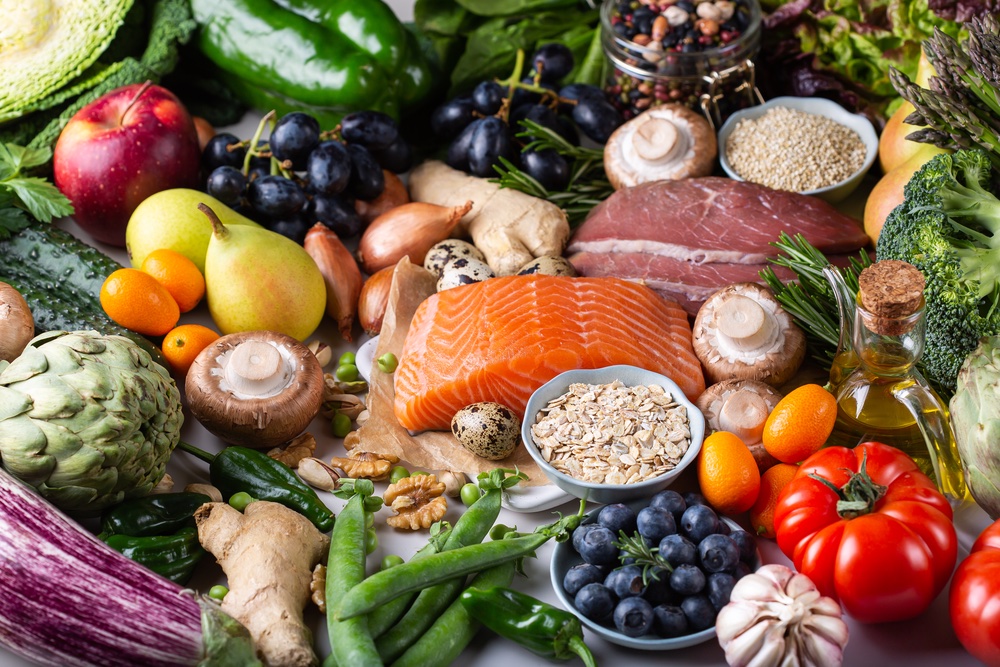
Living with chronic pain can be debilitating. For the estimated 50 million Americans grappling with conditions like fibromyalgia and chronic fatigue syndrome, each day can feel like a battle against an invisible enemy. Simple tasks become monumental challenges, and the joy of everyday life is overshadowed by relentless discomfort.
But amidst the struggle, there’s hope. While there’s no one-size-fits-all solution for chronic pain management, exploring holistic approaches, including dietary interventions, can offer significant relief and improve overall well-being.
Understanding the Role of Nutrition
Inflammation lies at the heart of many chronic pain conditions, acting as a fuel that perpetuates discomfort and hampers healing. Surprisingly, one potent tool in combating inflammation lies right on our plates. What we eat profoundly impacts our body’s inflammatory response, either exacerbating or alleviating chronic pain.
By adopting a mindful approach to nutrition, individuals can take back control of their health and find relief from persistent pain. Here’s how:
Embracing a Pain-Relieving Diet
Principles for Healing
The Core Plan isn’t just another diet trend; it’s a blueprint for sustainable healing. Centered around whole, nutrient-dense foods, it prioritizes ingredients that support optimal health and reduce inflammation.
- Healthy Fats: Contrary to outdated beliefs, fats are not the enemy. In fact, they’re essential for hormone regulation, cellular repair, and inflammation reduction. Opt for sources like avocados, nuts, seeds, and olive oil while avoiding processed and damaged fats found in fried foods and margarine.
- Quality Proteins: Not all proteins are created equal. Choose organic, grass-fed meats, wild-caught fish, and pasture-raised poultry to minimize exposure to harmful additives and maximize nutrient content.
- Complex Carbohydrates: Ditch refined sugars and processed grains in favor of high-fiber, low-glycemic carbohydrates like vegetables, fruits, and whole grains. These options provide sustained energy without the blood sugar spikes that can exacerbate inflammation.
What to Include, What to Avoid
- Include: Raw nuts and seeds, full-fat dairy products (preferably raw), healthy oils (coconut, olive, walnut), naturally-raised meats and poultry, cold-water fish, eggs from pasture-raised hens, fermented soy products, high-fiber vegetables, low-sugar fruits.
- Avoid: Processed and packaged foods, hydrogenated oils, refined grains and sugars, conventionally raised meats, farm-raised fish, processed soy products, roasted nuts and seeds, and pasteurized and homogenized dairy.
Implementing Change: A Journey to Wellness
Transitioning to a pain-relieving diet may seem daunting at first, but with patience and persistence, it can become a sustainable lifestyle. Start by incorporating small changes into your daily routine, such as swapping out sugary snacks for fresh fruit or experimenting with new recipes featuring wholesome ingredients.
Seek support from healthcare professionals, nutritionists, or online communities specializing in chronic pain management. Remember, you’re not alone on this journey, and every step toward better nutrition is a step toward reclaiming your vitality.
Nourishing Your Way to Relief
Living with chronic pain is undoubtedly challenging, but it doesn’t have to define your life. By harnessing the power of nutrition, you can take proactive steps to manage your symptoms and improve your quality of life.
Learn more about nutrition for chronic pain, by downloading our FREE eBook: The Nutritional Secrets That Will Put Your Doctor Out of Business
Start today by embracing the principles of the Core Plan and making mindful choices that support your body’s natural healing processes. With dedication and determination, a pain-free life is within reach.



